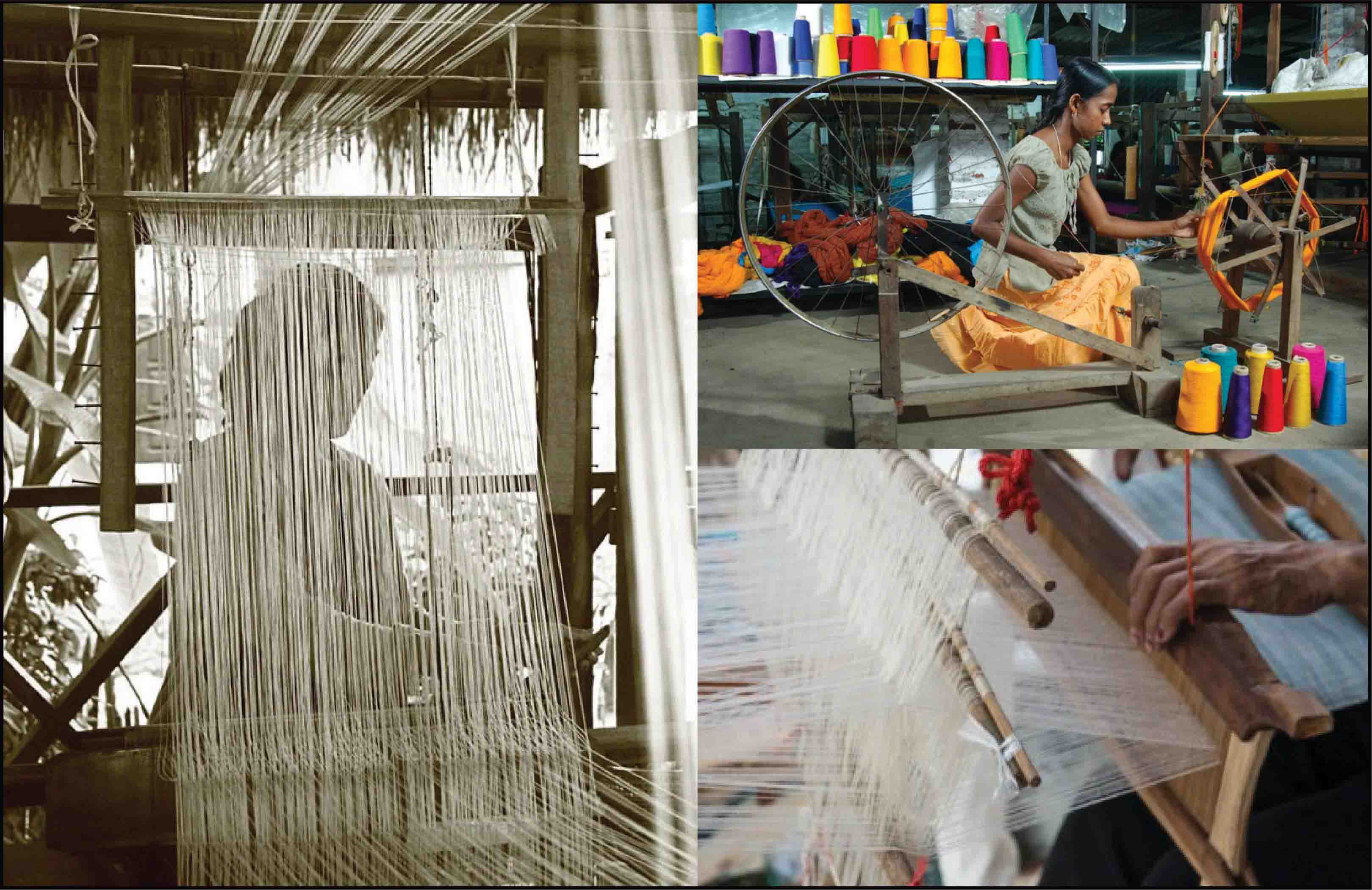‘Folklore’ is a valuable source of knowledge that is rooted in human experience and continues to be orally transmitted among generations of people. In the modern world amidst the advancement of science and technology to a point where you can literally get everything done from your smartphone within a matter of seconds, it can be strange to someone why folklore is even relevant today.
Yet, ‘Folklore’ possesses an important place in the history of society and in fact it can be the most important and well-acclaimed module of the exploring cultural heritage of a nation. Sri Lanka, as a country with a lot of diversity in socio-cultural avenues, folklore plays a key role in identifying the relationships between different communities and their own rituals, customs and beliefs which makes Sri Lanka unique.
Some folklore characters are significant to Sri Lanka due to the archival value that they bring in. At the same time, specific folklore characters also give valuable insights into subject areas such as folk science, language, history, geography, and literature. Folklore has been practised by many creative industries such as music, filming, drama and visual arts, but it has not been used in a sensible manner in the field of fashion design in Sri Lanka.

Being a pioneer in innovative research, the University of Moratuwa has yet again started an impactful project that applies folklore in developing fashion and textile products by acknowledging the craft values that are inherited in Sri Lanka folklore. The feelings and emotions in the folklore are helping to create sensible fashion statements which are popular in the contemporary fashion world while the globe is moving towards hyper-localized trends due to various reasons that started from the Covid-19 pandemic.
New fashion trends such as storytelling and emotions in design are also used in emotional marketing that is significant in decision making in the buying process, especially on what is locally made. Dr Sumith Gopura, Dr Ayesha Wickramasinghe, postgraduate (PhD) candidate Shashiprabha Thilakarathne, and research assistant Dilmini Yasara from the Department of Textile and Apparel Engineering, University of Moratuwa together with Professor Alice Payne (Queensland University of Technology Australia) are working on this research to achieve tangible outcomes from “folklore to fashion” that in their opinion helps to revitalize the diminishing social and cultural values into the contemporary society with a modern touch. As Dr Gopura explains, fashion has been used as a tool here to talk to the young generation through folklore.

The story of Kuweni, the main character of this research activity, is famous in Sri Lanka due to the story in Mahavamsa with the arrival of Prince Vijaya. The story of Vijaya Kuweni is considered the end of the Yakka dynasty and the beginning of the Aryan power in Sri Lanka. But along the story in Mahavamsa, there are different stories related to this indigenous lady. According to Mahavamsa, Kuweni Asna and Rajawaliya the great chronicles of Ceylon, Kuweni has been identified as a Yakkini, or a demon. But this lady has been interpreted differently according to the perspectives of the different authors and in folklores.
As per the folklore related to Kuweni, she can be identified as a shape-shifting metaphorical character who symbolizes different personalities such as an indigenous lady, a royal princess, a hermit, a beautiful maiden, a worrier lady, a single mother, and a betrayer, finally getting murdered by her own community.
These diverse feelings and emotions of Kuweni on par with her life situations have been differently interpreted in folklore found in different parts of the country. As Dr Henry Jayasena defines in his stage drama “Kuweni”, can be identified as an eternal woman we have seen in past, present and will be witnessing in future. Therefore, in many aspects, she can be identified as a reincarnation of women in everyday life.

As in this ongoing folklore study, the character of Kuweni can be recognized as an intangible cultural heritage of the country. We found many interesting stories related to different place legends which are entangled with the story of Kuweni through discussions with professionals and observations in many different communities as Shashiprabha reveals.
The fact that Kuweni was spinning cotton when Vijaya arrived in Thammennawa was significant evidence in affirming the history of craft traditions inherited from Sri Lanka and that itself is the value trying to bring out by the researchers in this endeavour and therefore conceptualise in fashion.
One important aspect of this research as Dr Wickramasinghe mentioned is that during this journey we were able to associate with many local as well as international professionals in the sector of folklore as well as handcrafts.
The researchers are working hand in hand with international academics on globalizing their findings- publishing academic journal papers and dissemination of findings through conferences to make the local social and cultural values go global. We need a global and multidisciplinary approach in research to create new knowledge as she further added.
In addition to the folklore study on fashion, the team has been a part of several other creative research projects which are exploring the local tacit knowledge and craft traditions in the country. Projects namely ‘Dreams of Weaving’, ‘Craft get-together’ and ‘Reshaping the craftsmanship’ explore widening the horizon of the Handloom weaving industry for fashion. Unique local talents need to meet the global market and we can make it happen, only if we understand the global consumer needs and cater to them through specialized products, Dr Gopura explains.
Marketing the uniqueness of our products is also crucial. Project ‘Dreams of Weaving’ addressed the Sri Lankan Handloom artisans’ socio-emotional identities in new product development while ‘Craft get-together’ aims to seek the potential collaborations between Handloom textiles and other crafts such as Rush and reed, Wood carving, Traditional Jewelry, Lacquer work (Laksha), Brass work, Hemp, therefore appreciate conventional crafts and artisan connections for cross collaborations between different craft sectors to make desirable crafty innovations in Handloom.
The project ‘Reshaping the craftsmanship’ is conducted by postgraduate (MPhil) candidate Ms Jinendra Lakmini and is co-supervised by Dr Dilusha Rajapakse from Birmingham City University, United Kingdom.
This study is seeking the potential smart applications to Handloom fabric by taking the advantage of controllable factors during the mindful making of Handloom textiles. “Combination of unique and different fiber types with artisanal skills and design thinking could lead. Our aged old artisanal skills deserve top shelves of international brands”, added Dr Gopura.
As Sri Lanka is a country with numerous craft industries which are capable of being potentially beneficial in the global market, this craft knowledge can also be applied to the betterment and diversification of the local craft industries and eventually towards upliftment of the local economy.
Bringing back the intangible cultural heritage of Sri Lanka to the tangible forms helps to attract more opportunities that appreciate local arts and crafts. At the same time, the research team is ambitious in preserving these local values, craftsmanship, and stories for future generations through their work. “We are planning on national and international exhibitions on giving recognition to local craft traditions”, Dr Wickramasinghe states.
At the same time, from an academic perspective, it is important to understand the value behind this local tacit knowledge in uplifting the craft sectors. Eventually this specific research on the folklore of Kuweni will be a model to define commercially viable emotional fashion through folklore, as the research team concludes.
Leave Comments